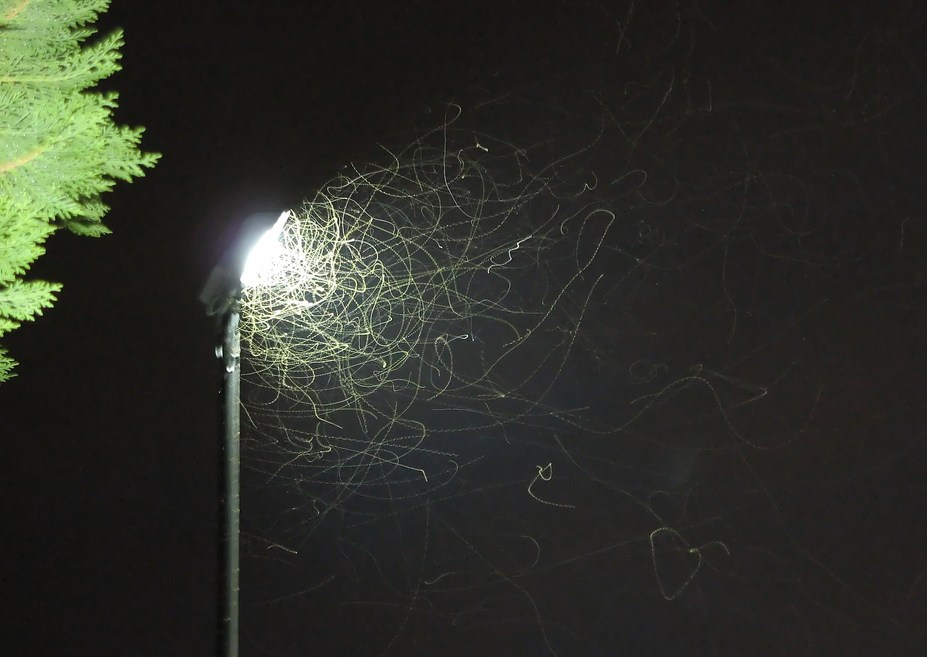Imaginings
stories, creative nonfiction, poetry, and other imaginative accounts of the natural world
-
Fifty Years Ago, Cockchafers Belonged to Spring…

By Birgit Müller and Susanne Schmitt We met Ernst-Gerhard Burmeister at the Bavarian State Collection of Zoology where he has dedicated most of his professional life to the amazing collection of over 25 million zoological specimens, one of the largest natural history collections in the world.
-
Call for Submissions: Silent Spring Continued

By Birgit Müller, Sainath Suryanarayanan, Katarzyna Beilin, Susanne Schmitt, Tony Weis, and Serenella Iovino The recent article by Hallmann and others about a more than 75 percent decline in the biomass of flying insects in Germany over the past 27 years has received considerable media attention and sparked discussion among a number of fellows at the…
-
Photo of the Week: Tobias Schiefer
A Monarch butterfly, Danaus plexippus, rests on a plant at the tropical butterfly house at Munich’s botanical gardens. Monarch butterflies have been the focus of many environmental campaigns on account of their dwindling numbers. Their demise has been linked to human activity, most recently in relation to the use of neonicotinoid pesticides.
-
Cicadian Rhythms: How Suburbs Saved – and Threaten – the US’s 17-Year Cicadas
Post by Christopher Sellers With piercing red eyes and a song like the soundtrack from a 50’s science-fiction film, the 17-year cicadas have stormed up out of the soils of the Eastern seaboard of the U.S. for their single month or so of adult life. Though their brief otherworldly chorus is, in human terms, ancient,…
-
Learning to Love Pesticides: A Look at Popular American Attitudes
Post by Michelle Mart Since the publication of Silent Spring in 1962, there have been numerous popular and scholarly studies of pesticide use in the United States. Environmentalists and others have credited Rachel Carson with awakening people to the dangers of overuse of these chemicals. Such praise is warranted, and it is clear that Silent…
